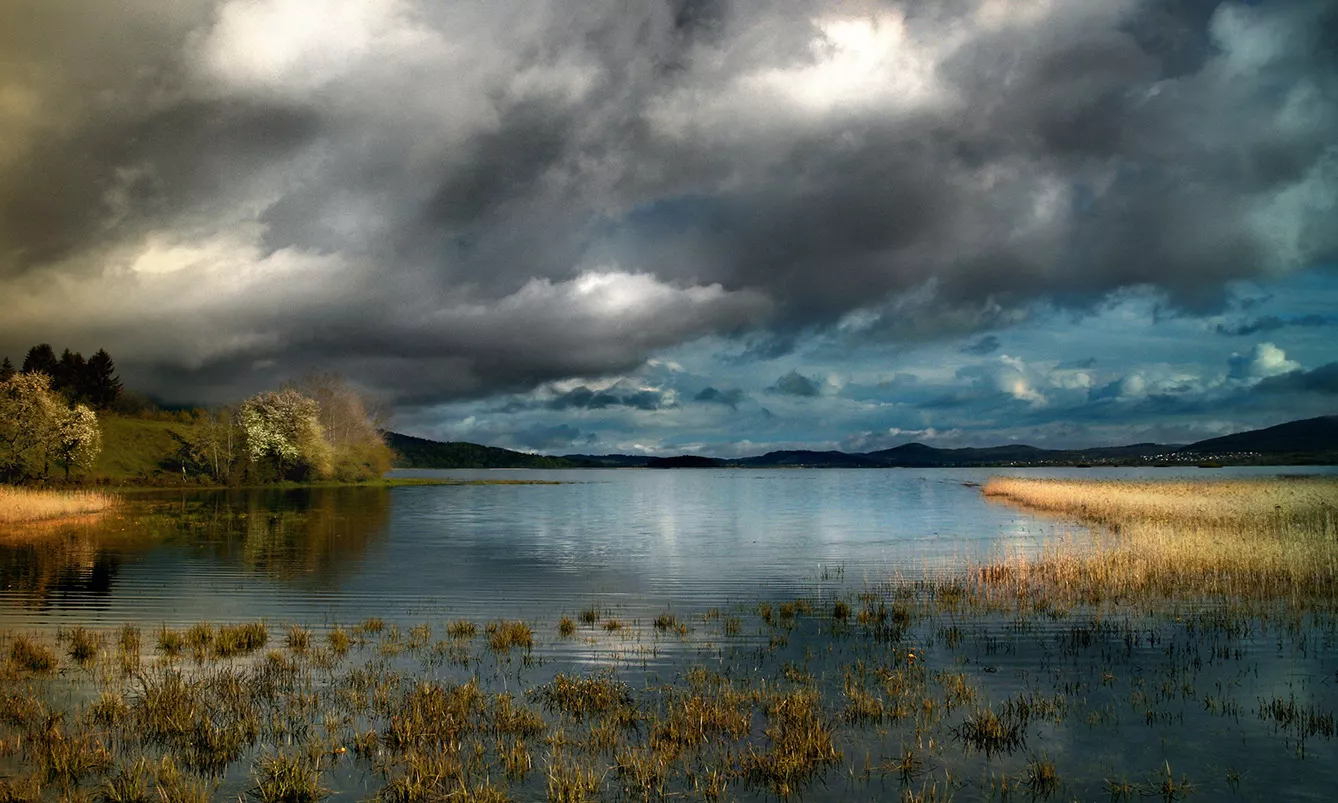If one visits Cerknica Polje, a field near the town of Cerknica in summer, you may find a lovely rural landscape with cultivated fields and such. But if you visit it again another time, you might leave very confused. Instead of that field, you will find a giant lake. How could this happen?
Although not the only intermittent lake in the world, it is one of the largest. At the peak of the wet season, its surface can measure up to 26 km2, which makes it the largest Slovenian lake. Quite impressive for a lake that, for about four months each year, does not even exist. Positioned at the meeting point of the Javorniki Hills, Bloke Plateau, and Mount Slivnica, in the least densely populated part of Slovenia, it is one of its most incredible natural gems. In a span of one year, you can walk, mow, swim, and fish! It has attracted people for its mystery of disappearing for millennia.
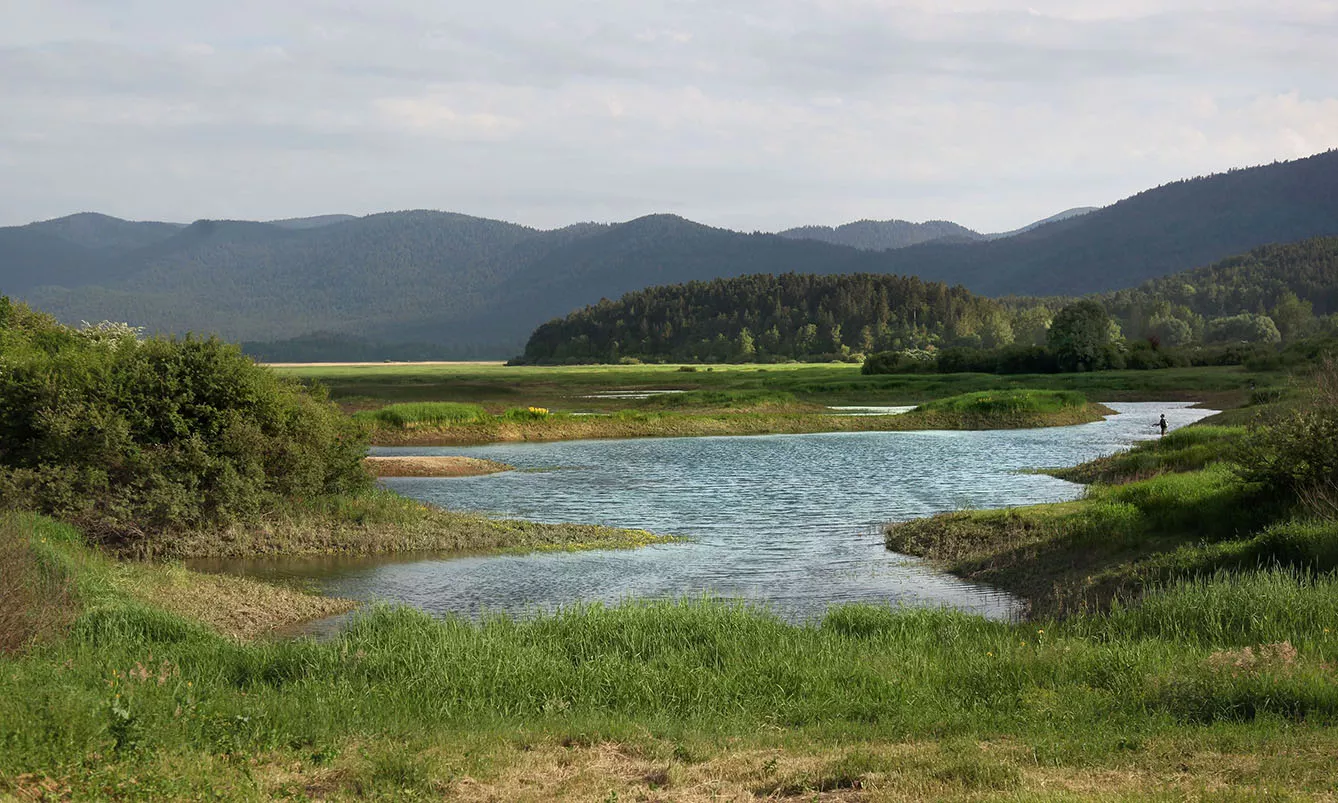
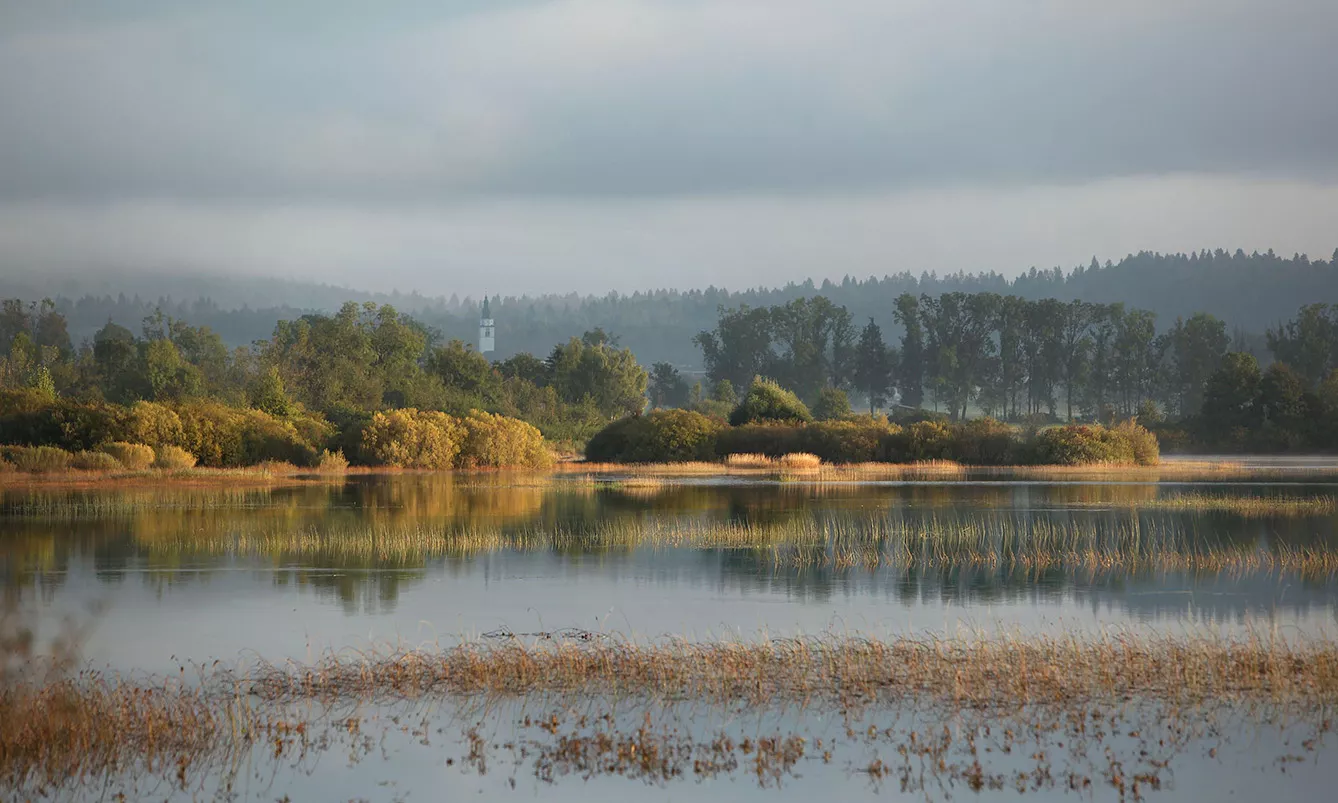
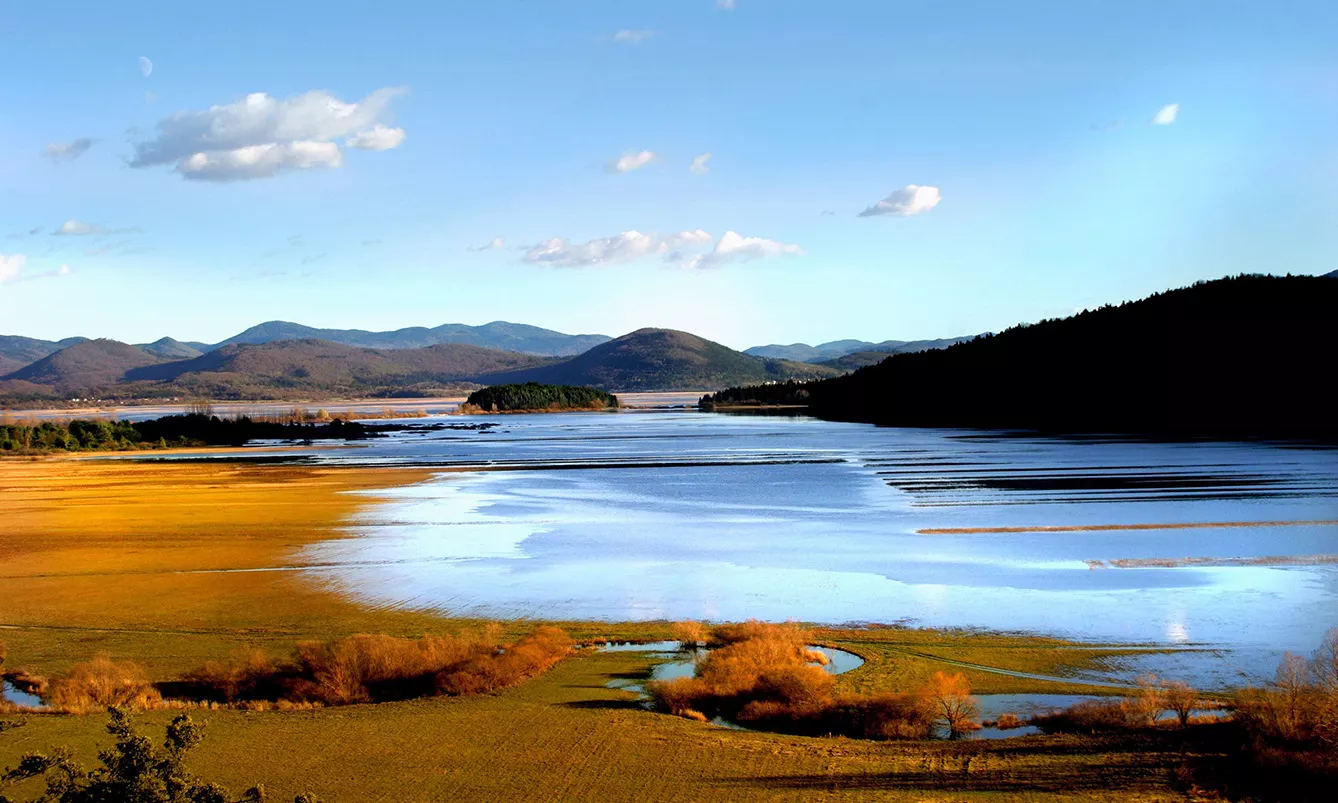
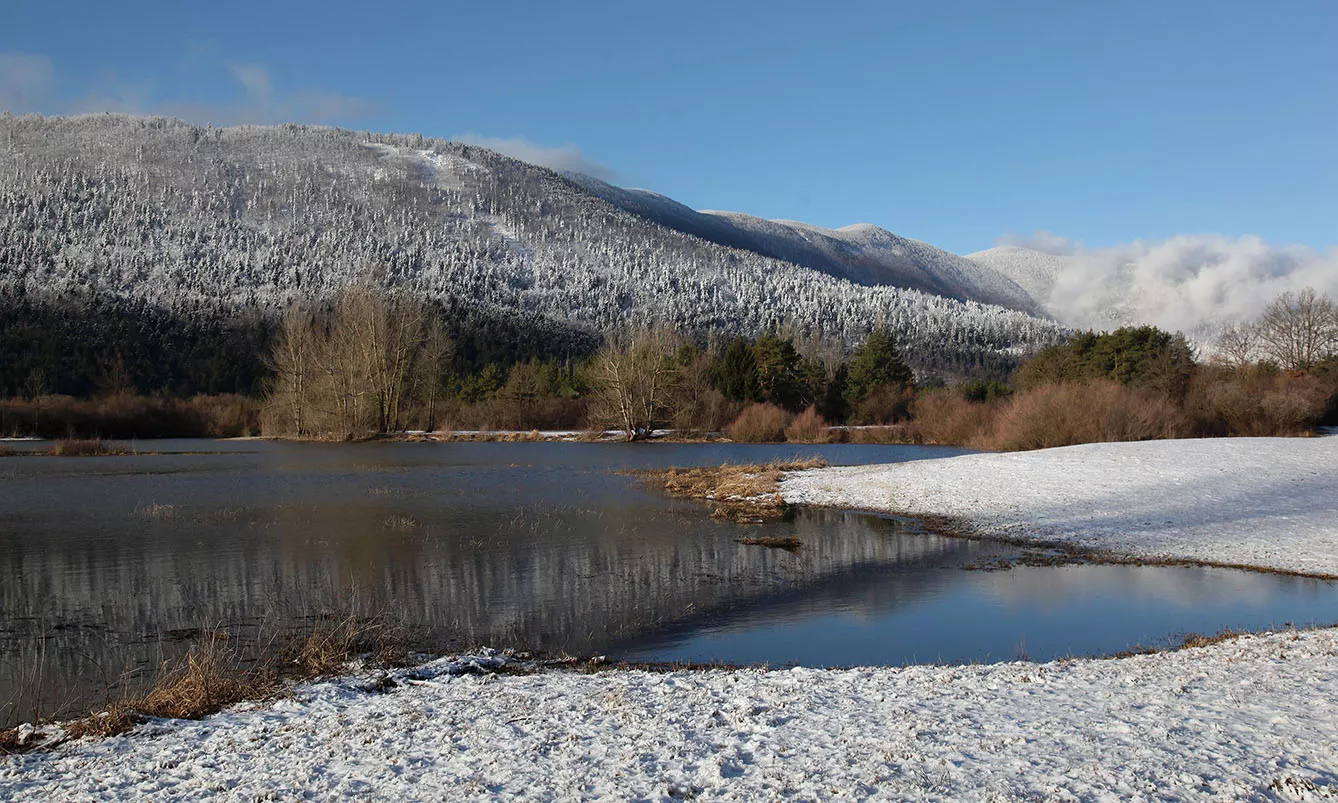
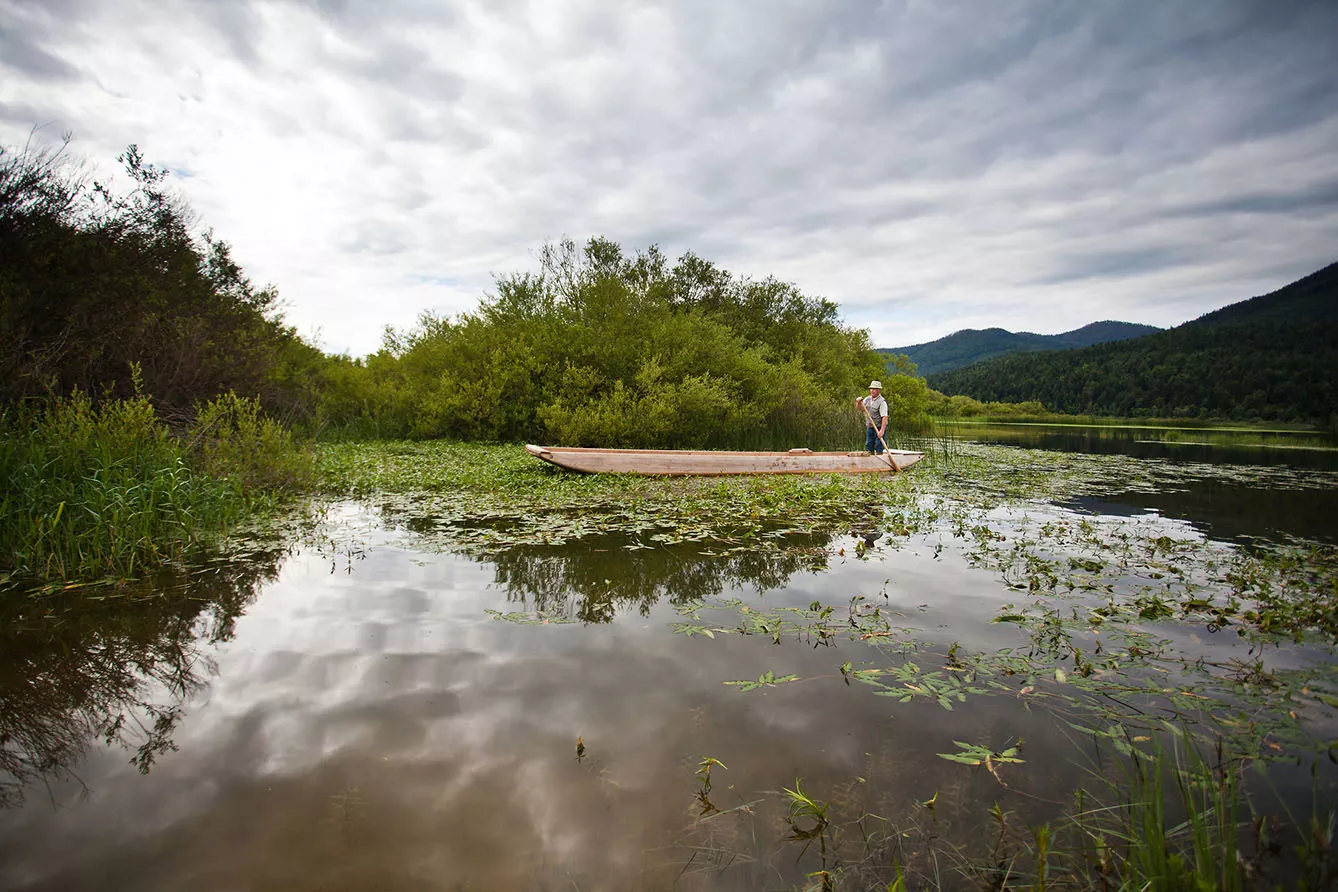
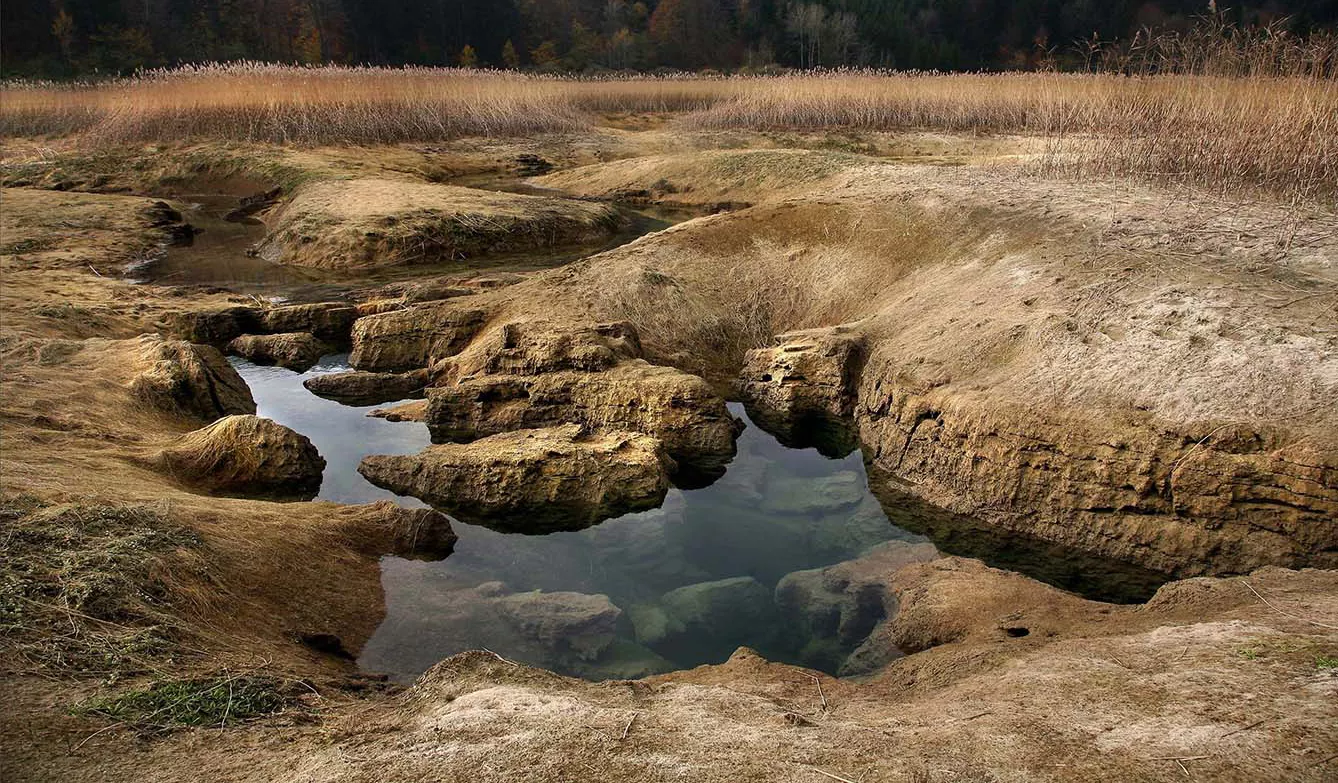
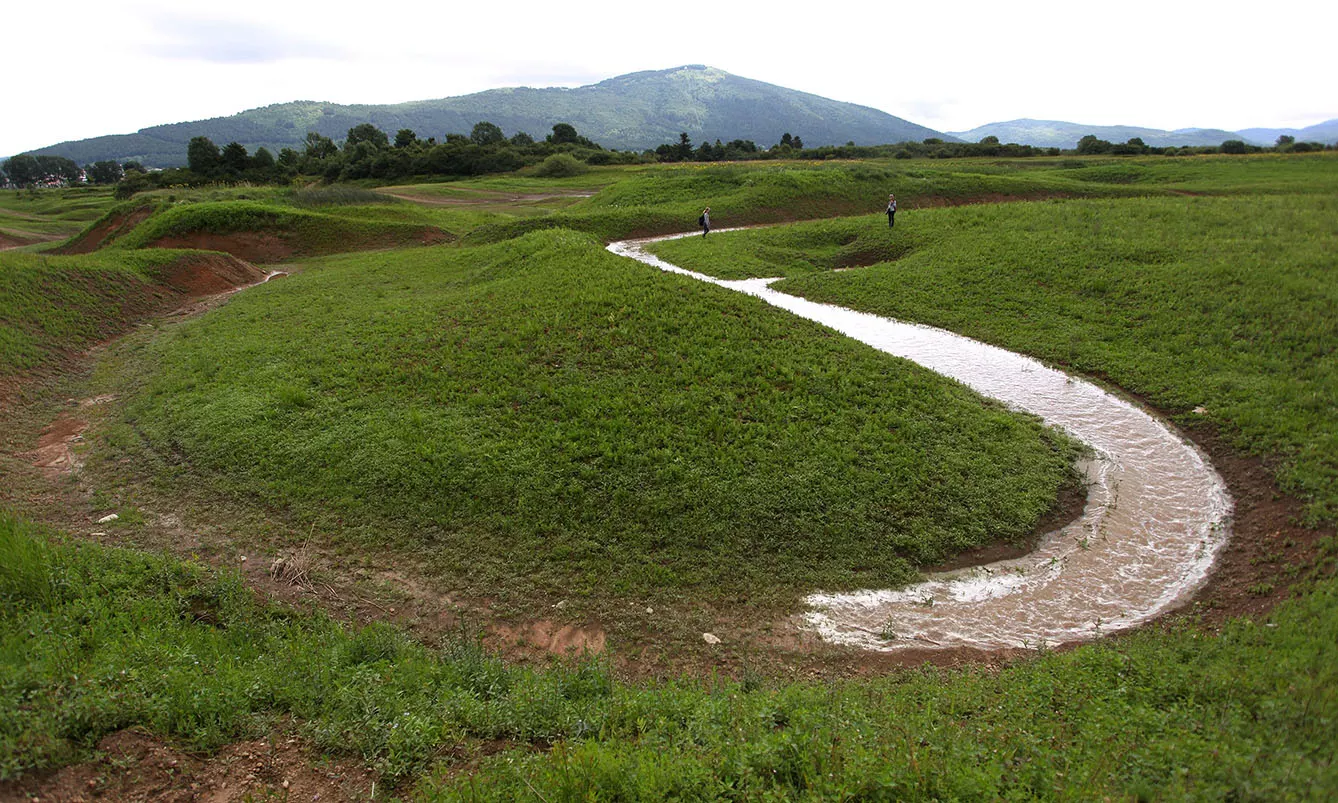

Cerknica Lake: A mystery for millennia
Even the famous Greek geographer Strabo, who lived around the time of Christ, mentions the mysterious lake so far away from his native Asia Minor. Johann Weikhard von Valvasor, a Slovenian polymath from the 17th century, was the first to describe it in detail, even trying to explain it scientifically. The uniqueness of the subject was the main reason for him becoming the first Slovenian member of the famous British Royal society.
Nowadays, we know the reason for the disappearance and reappearance of the lake is due to the karstic terrain. Many underwater rivers and creeks run beneath, and the water floods the surface through various karst springs in the wet season of autumn and spring and disappears in openings, which the experts call ‘ponors.’ However, despite knowing the science, the quantity of water is usually unpredictable and can surprise even the locals, who have learned to live with it. This unpredictability still makes it seem magical even today.
For millennia, however, the lake had been an unanswered question. This is why it is not surprising that nearby Slivnica Mountain has traditionally been said to be home to – or at least a meeting point for – witches. Maybe they have something to do with the irregular behavior of the lake. Even Valvasor mentioned them in his work.
An area rich in biodiversity
But the lake’s disappearing nature is not the only surprising thing. The lake also has uniquely incredible biodiversity. It hosts hundreds of species, as much as half of all the European bird species, half of the Slovenian mammal species, a third of butterflies, and a quarter of the amphibians.
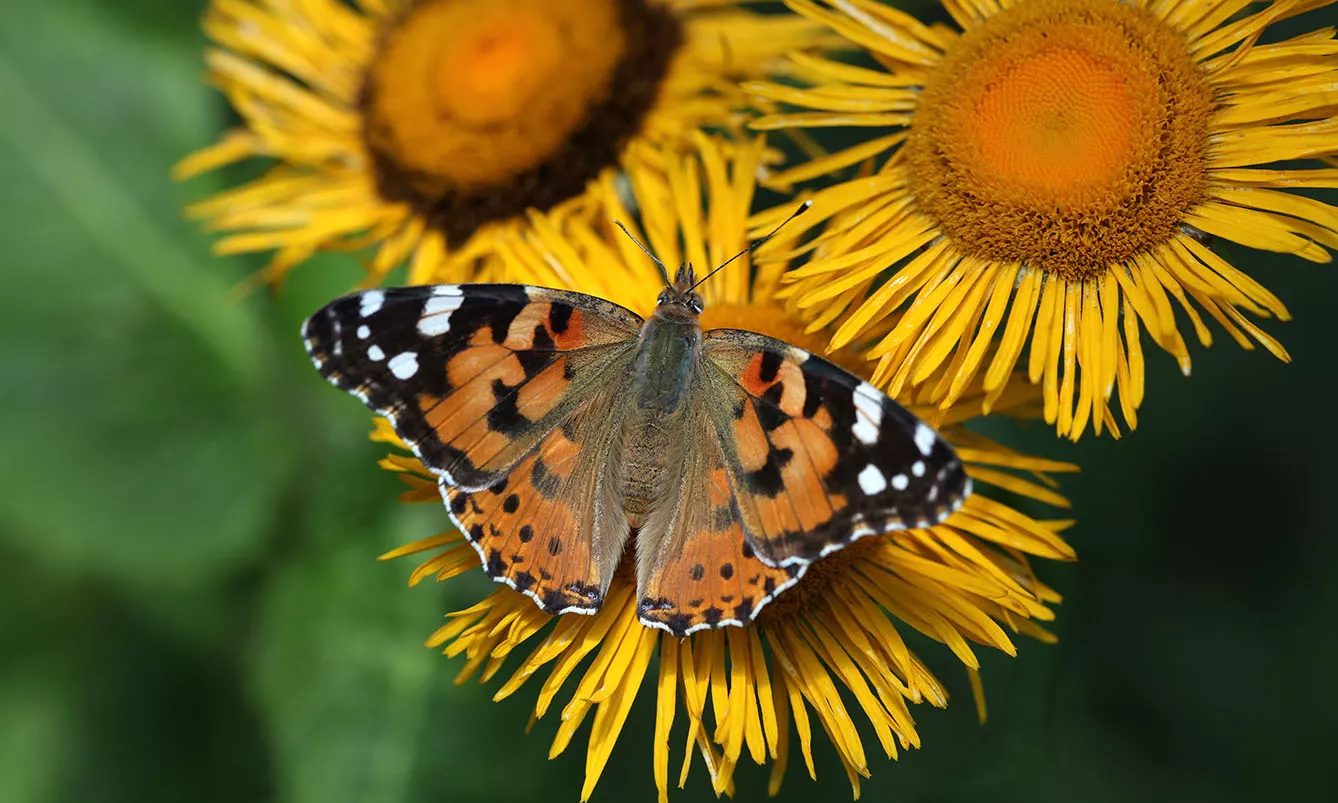
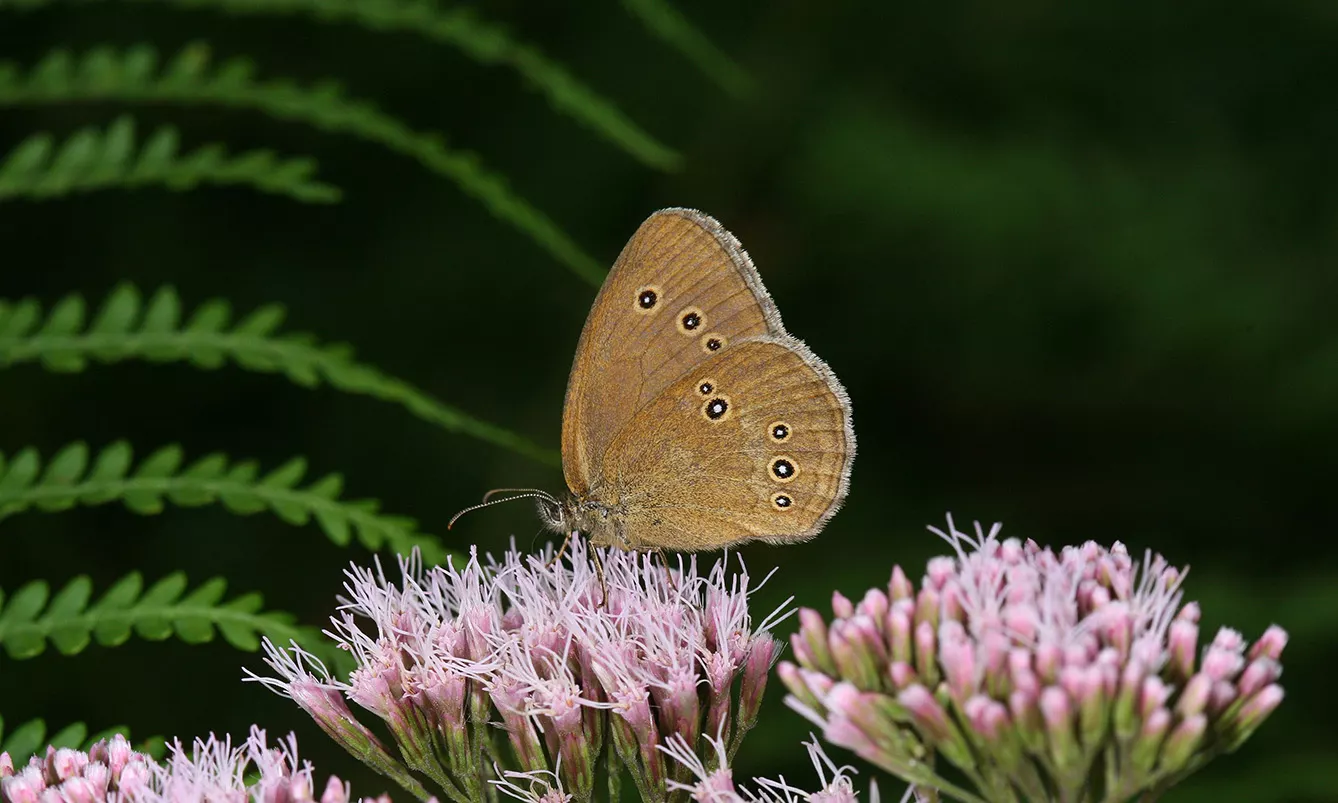
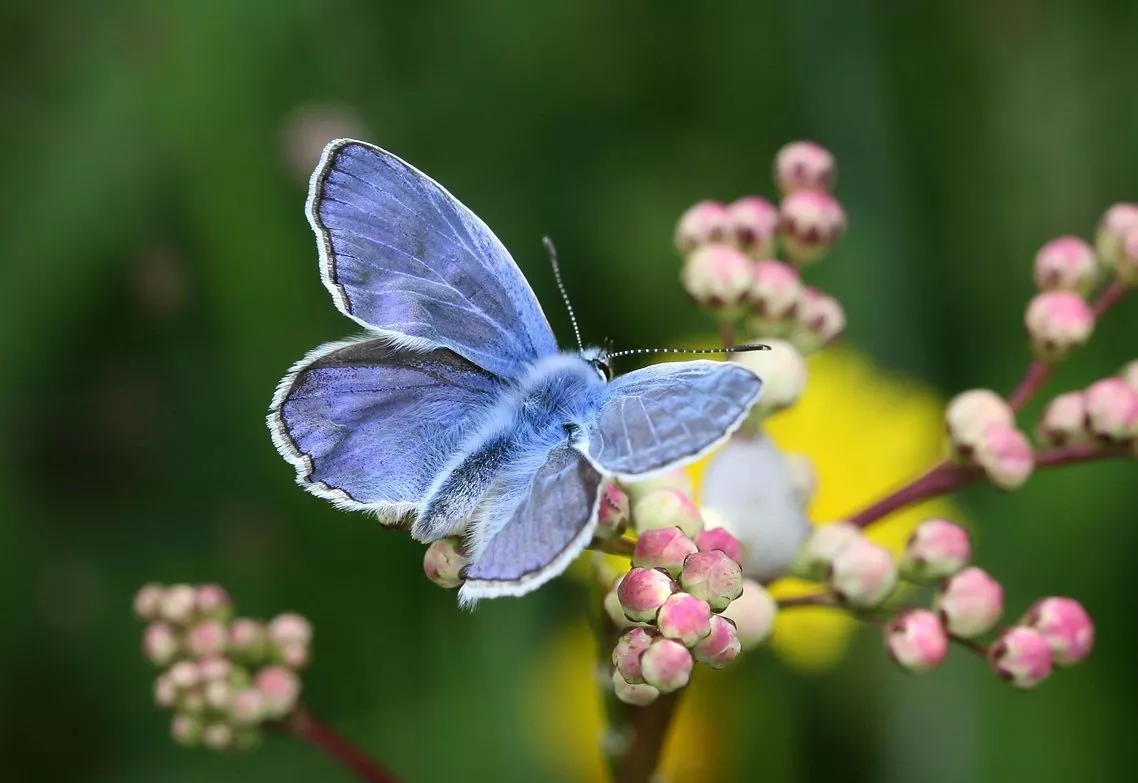
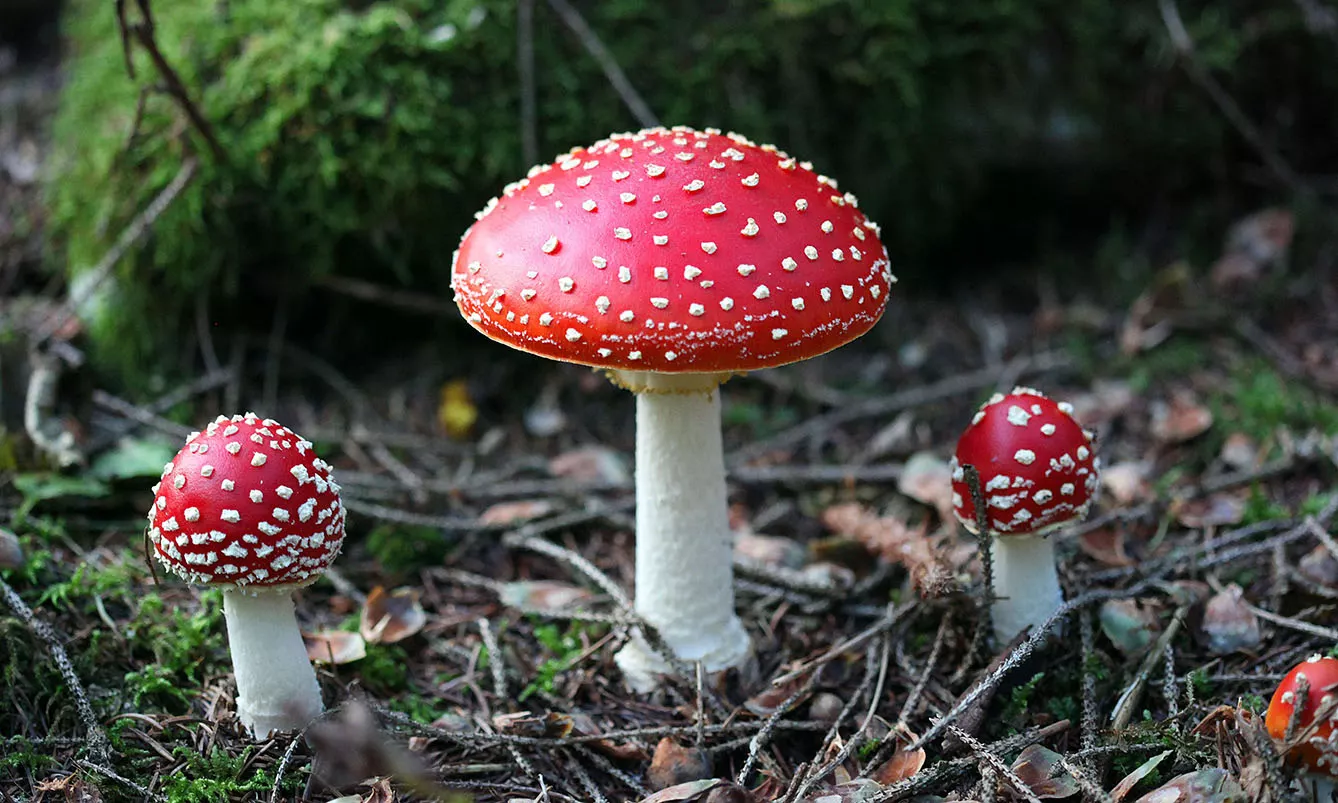
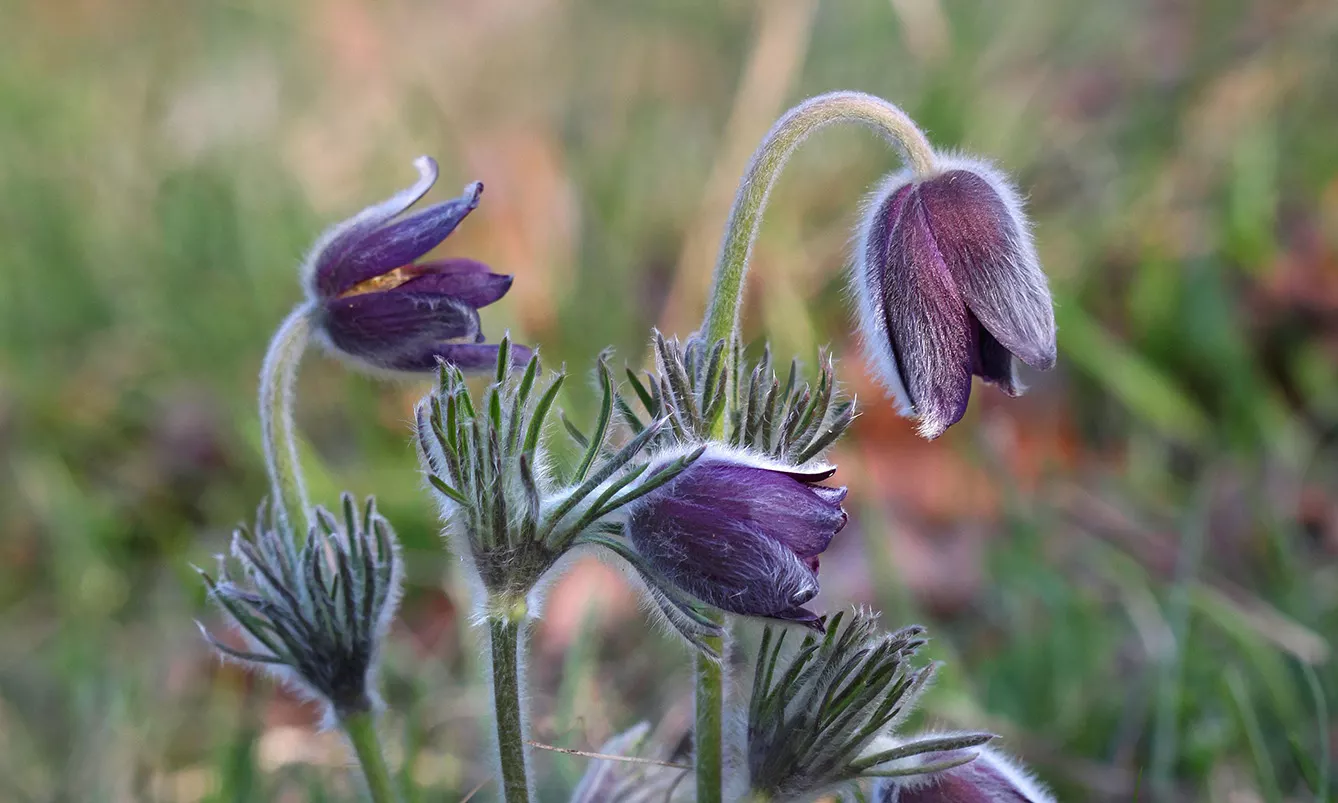
Because of this, the wider area cantered around the lake is a protected region, luckily. There have been plans to dry up the plain and destroy this natural beauty forever. Humans have influenced the lake’s character to a degree, often for purely economic reasons. The establishment of the regional park, however, guarantees its protection and the conservation of biodiversity.
The latter has always been important for the humans who have settled here, especially for food (fish). The locals have developed a culture in line with the lake’s behavior. A special kind of boat, called drevak, made of two fir trees and a lot of nails, was necessary for many parts that became isolated in the “time of the lake,” and every house had at least two, one for the cargo and one for people. They were also used for fishing. Even today, some families still have them and may offer you a ride in them.
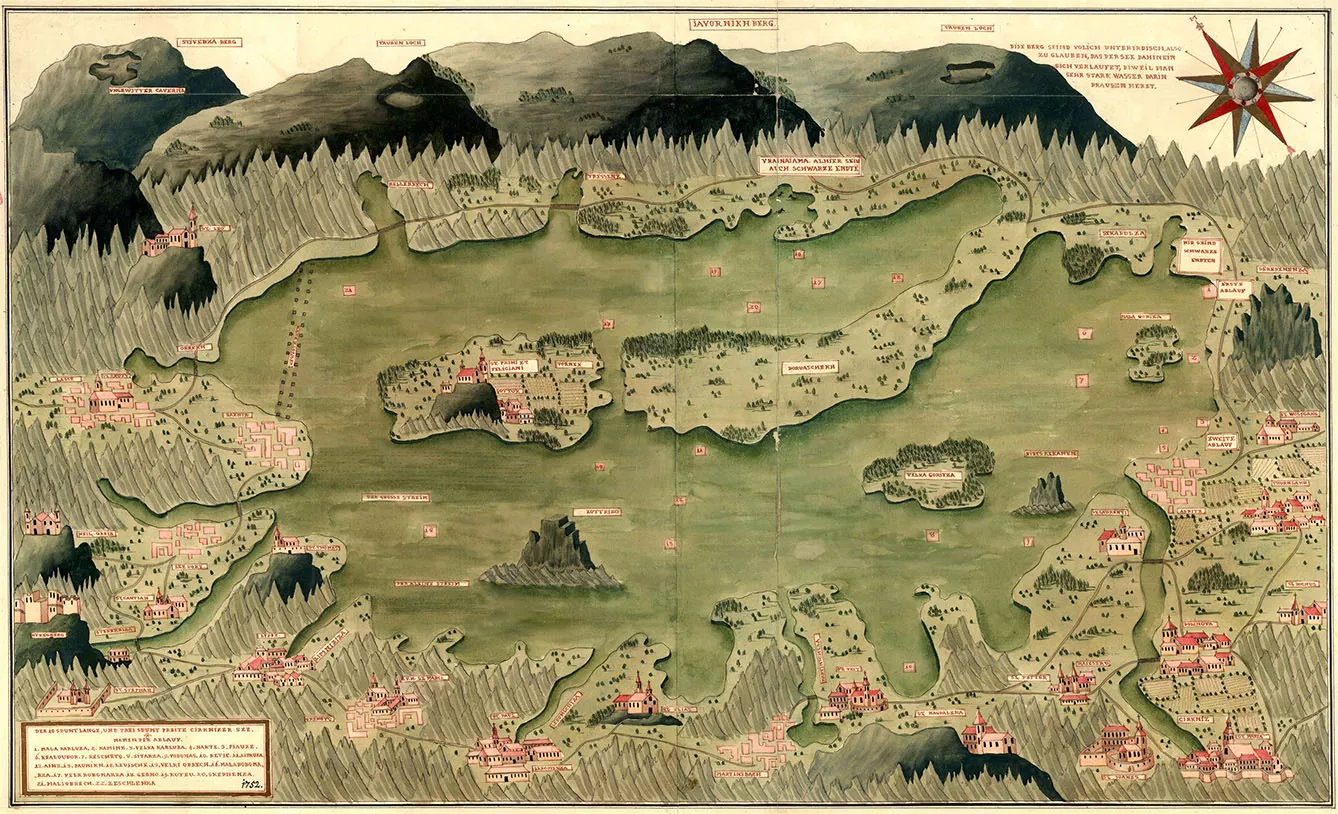
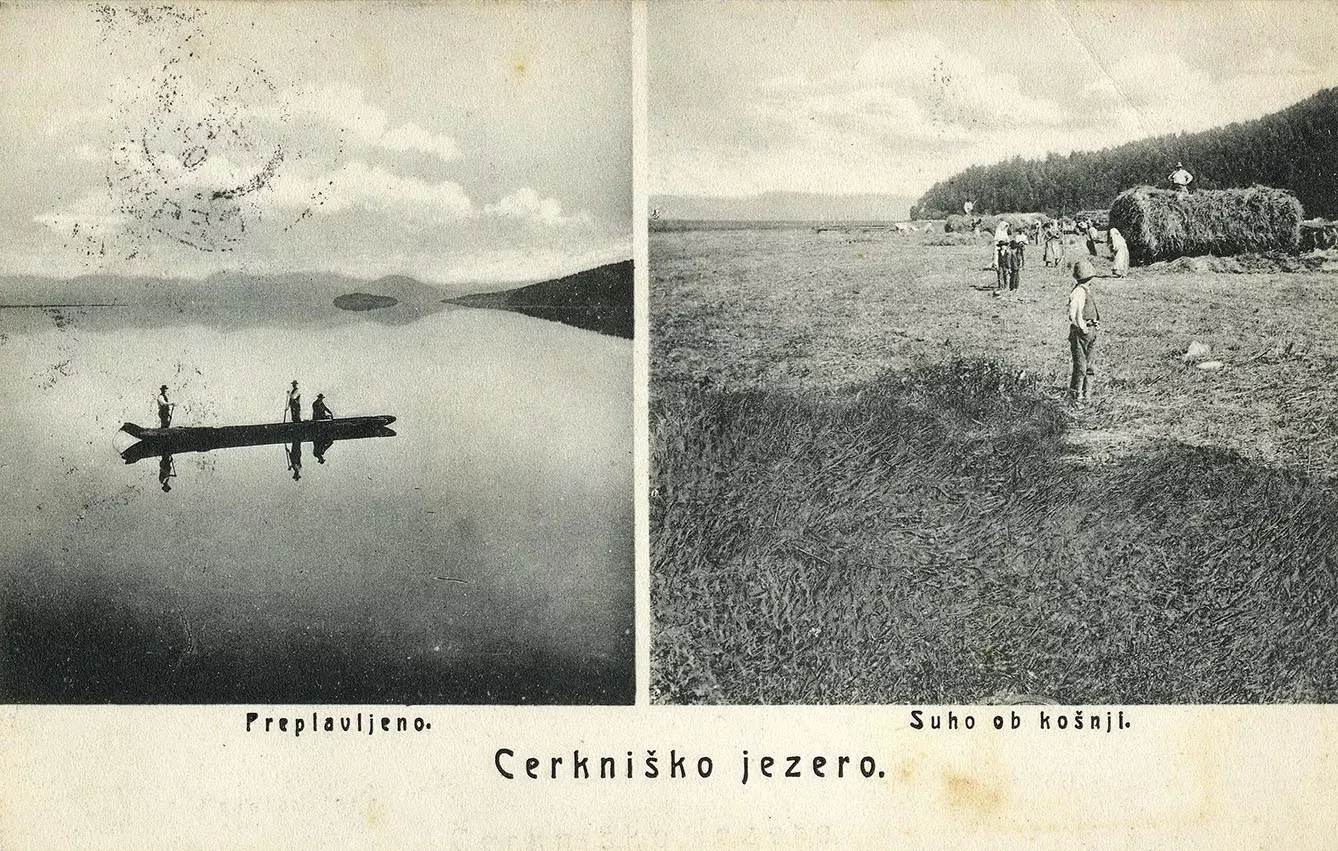
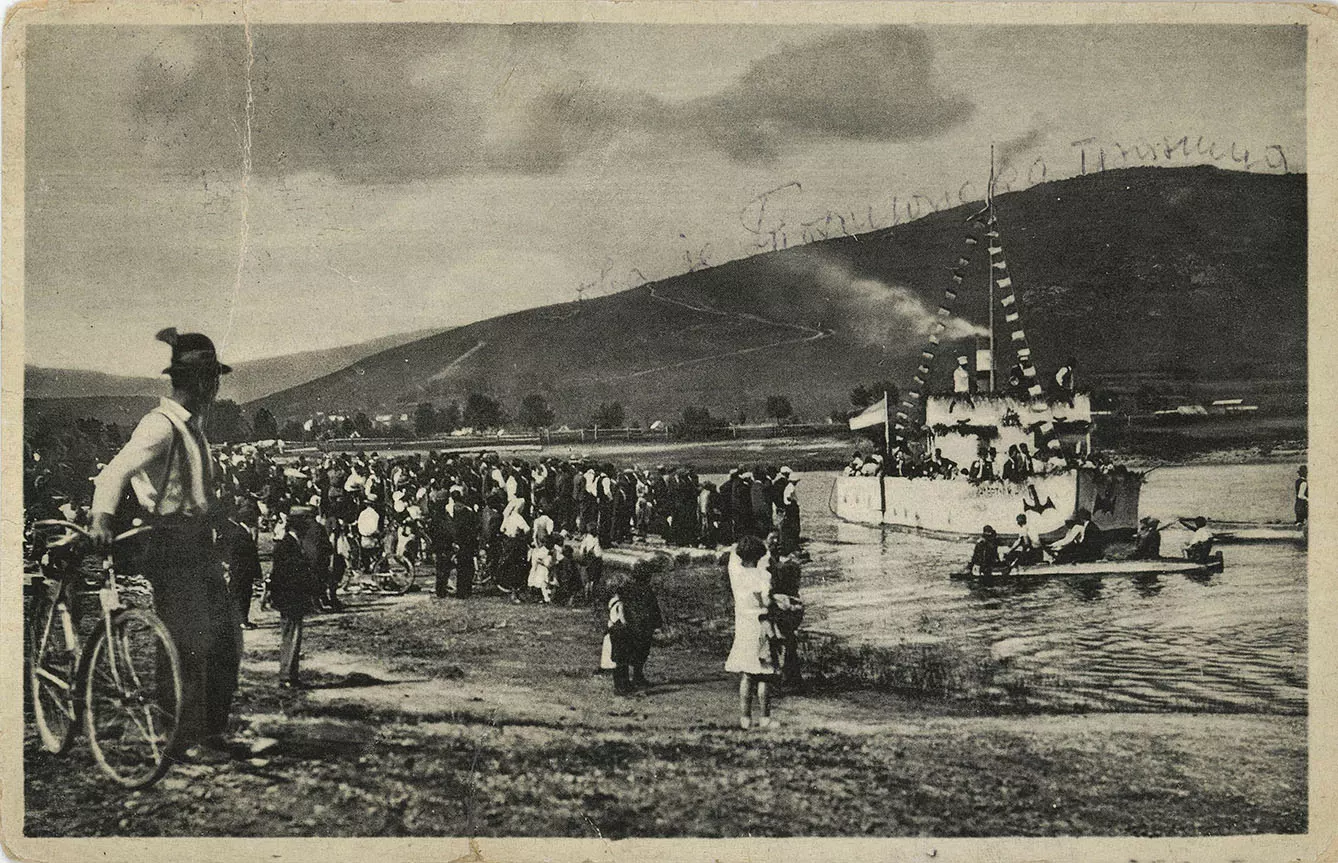
Protectors of the realm
The locals also play a crucial role in the lake’s protection. They are the ones who are loud in speaking against any human influence, as they are proud of their natural heritage. Animals are protected and helped in different ways. This includes the new local tradition of saving fish that get stuck in the mud when the lake rapidly disappears.
The case of Cerknica Lake is therefore unique and beautiful for its natural mystery, diversity, and culture. It reminds us that the world is still enchanted, despite the many naturalistic explanations. The locals show an excellent model of living with nature, with respect to it. Indeed a good heritage for our descendants.


